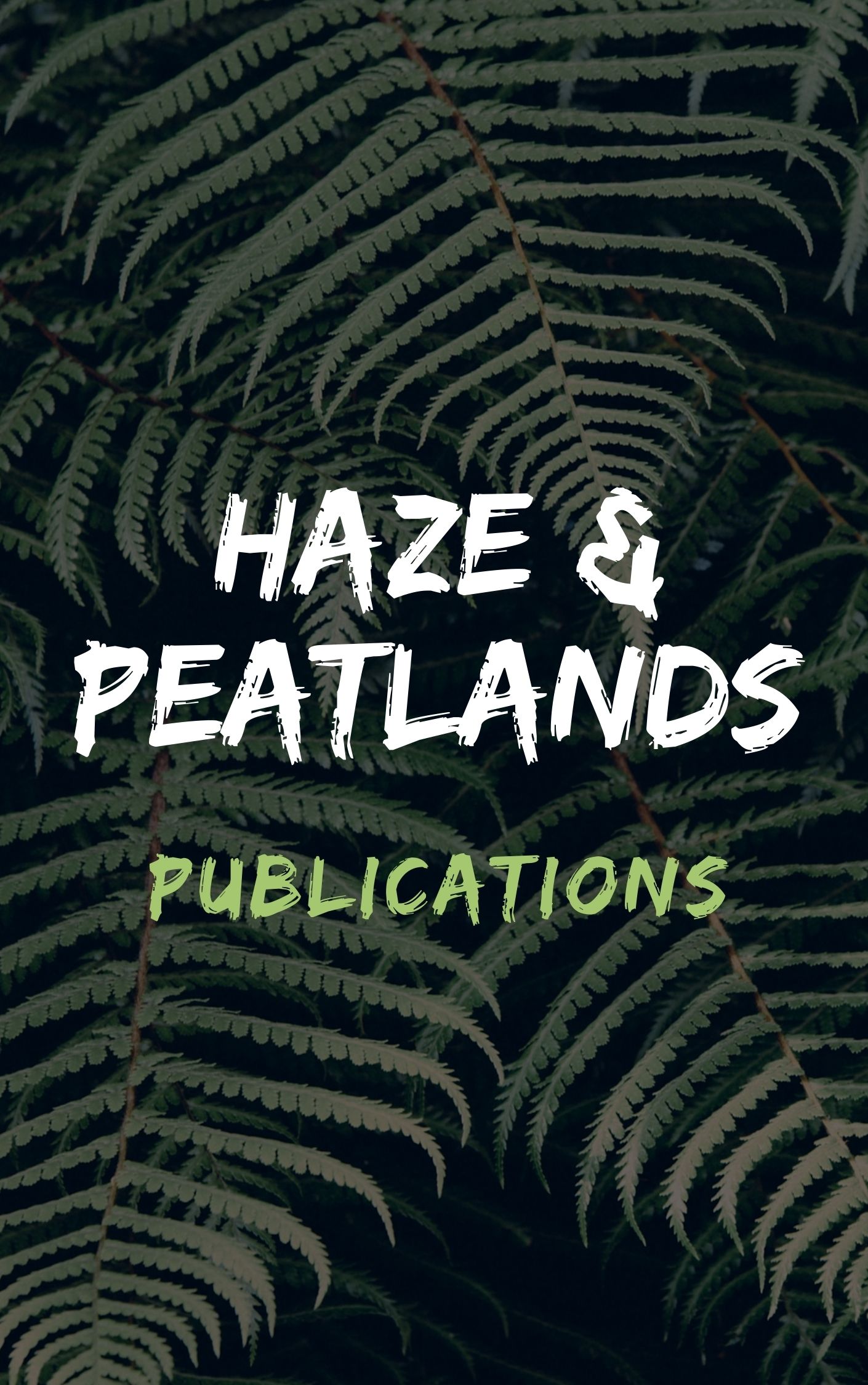This study examined the use of satellite sensor imagery for chronosequential assessment of land use and ecosystem carbon stock in slash-and-burn (S/B) regions of Laos. The segmentation approach was useful because the boundaries of S/B patches are subject to change due to natural or anthropogenic factors. Polygon-based classification using six optical bands of Landsat Enhanced Thematic Mapper Plus (ETM+) imagery showed that S/B patches could be discriminated with high accuracy (0.98). Normalized difference spectral indices, NDSI[i, j]=[Rj-Ri]/[Rj + Ri], using reflectances Rj and Ri at j and i nm wavelengths for S/B polygons during four consecutive years (1999-2002) showed that NDSI[2215, 830], NDSI[1650, 830] and NDSI[660, 830] (=the normalized difference vegetation index, NDVI) values decreased significantly in S/B years compared to those under fallow conditions (by 0.21 ± 0.04, 0.20 ± 0.04 and 0.17 ± 0.03, respectively). Only slight differences were found before and after the S/B year, regardless of fallow length or biomass estimated by the allometry method. Relating reflectance signatures directly to fallow biomass was unsuitable, but these NDSIs were also useful for distinguishing S/B patches. Land-use history, including the community age of fallow vegetation, can be traced on a pixel basis using a superimposed set of segmented classified images.
View source

